
November 23, 2010

With news of the fighting in Korea, a bit of focus on the reported cryptids of Korea (North and South) might be in order.
Some confusion does exist about whether cryptids reported from Japan have been seen in Korea.
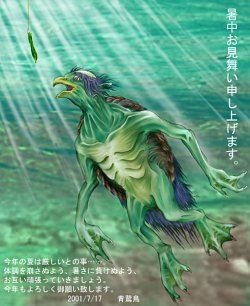
Do Koreans report Kappas, for example? Are there Sea Serpents seen off the coast?

Were short hairy hominoids reported by American and Korean soldiers during the Korean War in the 1950s?
Does the island where the center of the battle is now raging have cryptids on it? Perhaps it will be days before the last question is answered, but let us look at the record of cryptozoology in Korea.
Kappa (河童?, “river-child”), alternately called Kawatarō (川太郎?, “river-boy”) or Kawako (川子?, “river-child”), are legendary creatures, a type of water sprite found in Japanese folklore, and strictly speaking, they are not part of Korean lore, except as influenced by Japanese elements.
The Tzuchinoko, the unknown species of snake has allegedly been sighted in the upper elevations of Korea and Japan. Of course, there is also the open question that if known species of giant salamanders are found in the mountain streams of China and Japan, could they not be in Korea too?
But the one cryptid that has traditionally been associated with Korean cryptozoology are the Cheonji Monsters.
Lake Tianchi Monster is the name given to what is said to be a lake monster that lives in Heaven Lake (known as Cheonji in Korean) located in the peak of Baekdu Mountain within the Baekdudaegan and Changbai mountain ranges encompassing Jilin Province of China and Ryanggang Province of North Korea. Some reports argue that there are an estimated 20 monsters.
The first reported sighting was in 1903. It was claimed that a large buffalo-like creature attacked three people, but was shot six times. The monster then retreated under the water.
During August 21-23, 1962, a person using a telescope reportedly saw two of the monsters chasing each other in water. More than a hundred people reported the sightings.
Late in the 20th century, sightings described the monster as having a human-like head attached to a 1.5 m neck. It is said to have a white ring around the bottom of its neck, and the rest of its skin is grey and smooth.
However, the most recent “evidence” involves the 2007 report from a TV reporter who said he shot a 20-minute video of six Lake Tianchi Monsters, near the border with the Democratic People’s Republic of Korea (DPRK).
Zhuo Yongsheng, who works for a local TV station run by the administration office of the nature reserve at Mount Changbaishan, Jilin, sent pictures of the Loch Ness-type creatures to Xinhua’s Jilin provincial bureau.
One of them showed the creatures swimming in three pairs, in parallel. Another showed them together, leaving ripples on the surface of the deep, volcanic lake.
Zhuo, director of the TV station’s news center, said he shot the video and photos on the first Thursday in September 2007.
“I went on top of the southern slope of the mountain with two local guides at 5:05 AM hoping to shoot the sunrise,” he said. “I was not able to do that because it was cloudy.”
By 5:26 AM there was a clear view of Tianchi Lake at the foot of the mountain. “Du Baiqing, one of the guides, suddenly pointed to the lake and yelled in amazement that a stone had emerged from nowhere”, Zhuo told Xinhua.
He focused his lens on the black moving object in the center of the lake and five other forms emerged from the deep water.
Zhuo said he witnessed the six seal-like, finned creatures swimming and frolicking in the lake for an hour and a half, before they ducked out of sight at 7:00 AM.
“They could swim as fast as yachts and at times they would disappear under the water. It was impressive to see them all swimming at exactly the same pace, as if someone was giving orders,” he said. “Their fins – or maybe wings – were longer than their bodies.”
Zhuo said he previously did not believe in legends about lake monsters. “But I believed what I saw with my own eyes.”
Rumors the volcanic lake harbors some sort of monster have been circulating for more than a century.
Scientists, however, have dismissed the rumors saying the lake was too cold for large creatures.
Here is the Chinese footage via an Italian news station.
The following are screen-capture images from the 2007 video of the six “Lake Monsters” from Tianchi Lake:
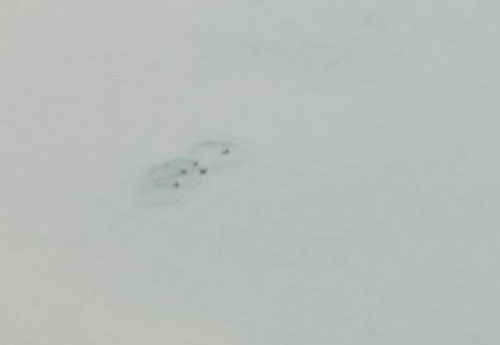

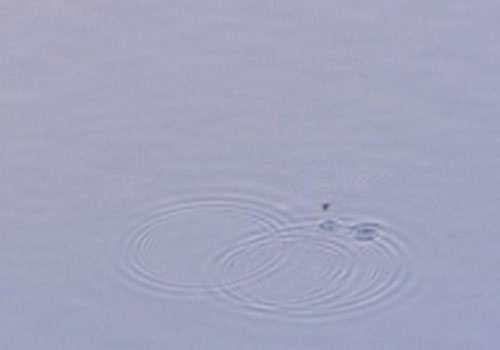
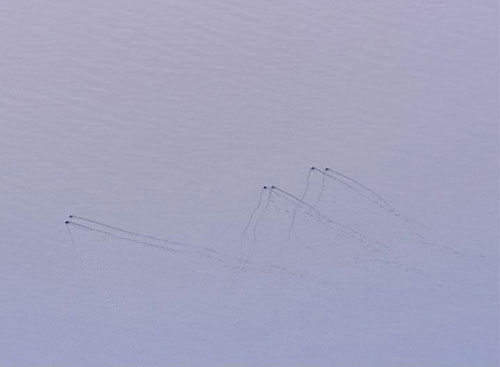
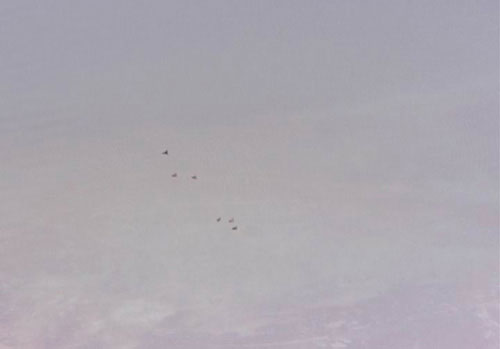
Considered cryptozoological opinion, at Cryptomundo at the time, was these could be images of water birds.
Source: ‘Tianchi Monster’ Caught on Film, Xinhua News Agency, September 10, 2007.
About Loren Coleman
Loren Coleman is one of the world’s leading cryptozoologists, some say “the” leading living cryptozoologist. Certainly, he is acknowledged as the current living American researcher and writer who has most popularized cryptozoology in the late 20th and early 21st centuries.
Starting his fieldwork and investigations in 1960, after traveling and trekking extensively in pursuit of cryptozoological mysteries, Coleman began writing to share his experiences in 1969. An honorary member of Ivan T. Sanderson’s Society for the Investigation of the Unexplained in the 1970s, Coleman has been bestowed with similar honorary memberships of the North Idaho College Cryptozoology Club in 1983, and in subsequent years, that of the British Columbia Scientific Cryptozoology Club, CryptoSafari International, and other international organizations. He was also a Life Member and Benefactor of the International Society of Cryptozoology (now-defunct).
Loren Coleman’s daily blog, as a member of the Cryptomundo Team, served as an ongoing avenue of communication for the ever-growing body of cryptozoo news from 2005 through 2013. He returned as an infrequent contributor beginning Halloween week of 2015.
Coleman is the founder in 2003, and current director of the International Cryptozoology Museum in Portland, Maine.
Filed under Cryptomundo Exclusive, Cryptotourism, CryptoZoo News, Expedition Reports, Eyewitness Accounts, Folklore, Giant Cryptid Reptiles, Lake Monsters, Merbeings, Pop Culture, Proto-Pygmies, Sea Serpents, Yeren